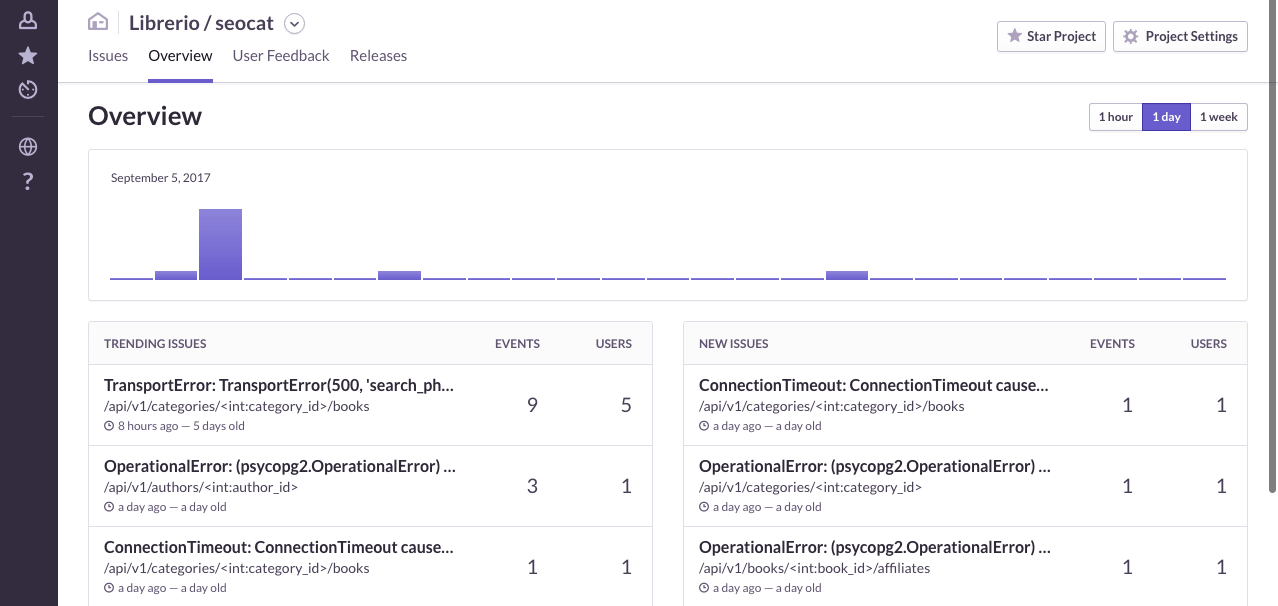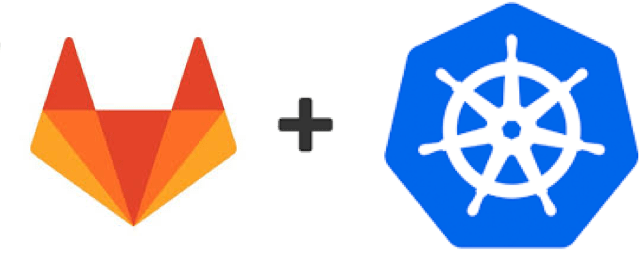gitlab

In this part of the series, I’m going to add Sentry to the monitoring stack. For those who do not know, Sentry is an open-source cross-platform crash reporting and aggregation platform written in Python. I know about it for several years now, since the time it supported only a few languages. A lot has changed since my last use of it: new domain, new languages, new integrations. Today it has integrations with most of the modern languages and frameworks like Elixir, React, React-Native, Go.

Since my previous posts[1][2] about CI/CD, a lot have changed. I started using Helm for packaging applications, stopped using docker-in-docker in gitlab-runner.
Recently, I started working on a few Golang microservices. I decided to try gitlab’s caching and split the job into multiple steps for better feedback in UI.
Few of the main changes to my .gitlab-ci.yaml file since my previous post:
no docker-in-docker using cache for packages instead of a prebuilt image with dependencies splitting everything into multiple steps.

After my previous post - How to easily deploy GitLab to Kubernetes - I’ve got a lot of responses. I helped several people to get GitLab up and running on their clusters. With that manifests it became much easier to deploy GitLab to Kubernetes. It was still few things that were usually misunderstood and misconfigured. You can find out these things only by talking with people who are actually trying to use your work.

This post will show how to build Golang docker containers using Gitlab-CI. It’s the sequel of my previous posts about building and optimizing docker containers.
I’ve written a small microservice in Golang, and I needed to configure my GitLab to auto build it. It uses Glide as a package manager for Go.
My directory tree for this project looks like this:
> $ tree ├── Dockerfile ├── build_base.sh ├── glide.

In one of the previous posts, I described the way I’m using GitLab to build and test images. Despite the fact that it’s pretty simple configuration and actual tests are run for less than a minute, complete pipeline takes around 20 minutes. Which seems very unreasonable. I spent some time digging out the problem and was able to reduce build time to around 3 minutes.
Here are few things, that should be considered to optimize pipeline.





